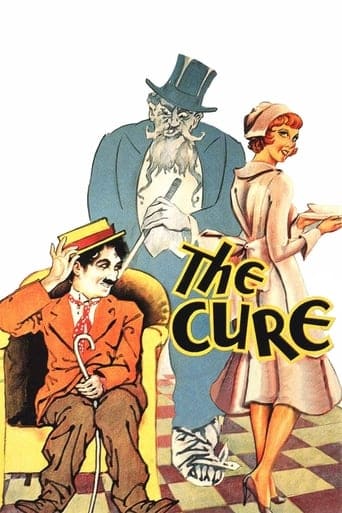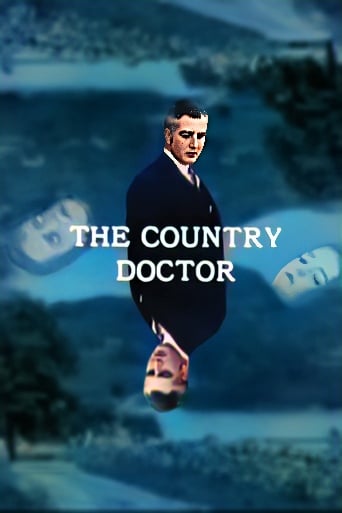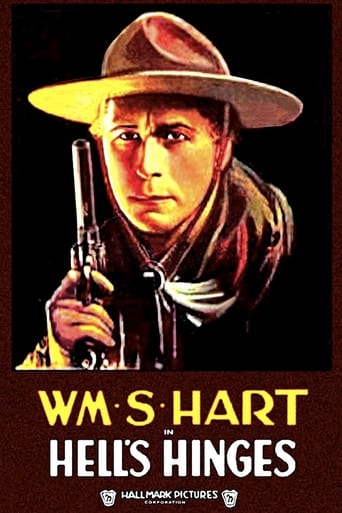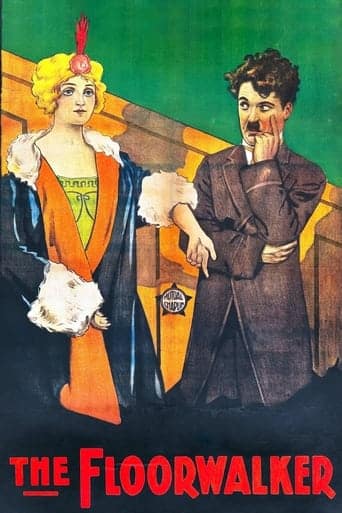The Cure (1917)

 “The Cure” (1917), a classic silent film directed by and starring the legendary Charlie Chaplin, showcases Chaplin’s comedic genius and his ability to turn even the serious subject of alcoholism into a hilarious and memorable cinematic experience.
“The Cure” (1917), a classic silent film directed by and starring the legendary Charlie Chaplin, showcases Chaplin’s comedic genius and his ability to turn even the serious subject of alcoholism into a hilarious and memorable cinematic experience.
Set in a hydropathic hotel, the film follows Chaplin’s character, a drunkard with a penchant for carrying a suitcase full of alcohol, on a misadventure that leads to both uproarious comedy and insightful commentary on the effects of alcohol.
The narrative kicks off with Chaplin’s character checking into a hydropathic hotel, presumably seeking a cure for his alcoholism. However, far from embracing the detoxification process, he brings along a suitcase filled with alcohol, setting the stage for a series of comedic escapades.
One of the film’s early highlights is Chaplin’s encounter with a spinning revolving door, where he gets comically trapped. This physical comedy sets the tone for the film, highlighting Chaplin’s impeccable timing and mastery of slapstick humor. The revolving door becomes a metaphorical gateway into the chaotic and unpredictable world that Chaplin’s character inhabits.
As the narrative unfolds, Chaplin’s character’s interactions with other hotel guests, particularly a large man suffering from gout, contribute to the film’s comedic brilliance. The juxtaposition of Chaplin’s drunken antics with the hotel’s supposedly health-promoting activities adds a layer of irony and satire to the storyline. The gout-suffering man becomes a recurring character, adding both physical and situational comedy to the mix.
Amidst the laughs, “The Cure” subtly touches on the consequences of alcoholism. Chaplin’s character, despite being in a supposedly detoxifying environment, continues to indulge in his drinking habits, creating chaos and unintended consequences for those around him. The film’s underlying commentary on the difficulty of overcoming addiction adds depth to the comedy, offering a nuanced perspective on a serious issue.
The introduction of a beautiful young woman in the narrative adds a romantic subplot and an opportunity for Chaplin’s character to confront his alcoholism. The girl, played by Edna Purviance, becomes a catalyst for change in Chaplin’s character, encouraging him to stop drinking and seek a healthier lifestyle. This dynamic between the characters adds a touch of sentimentality to the film, balancing the humor with moments of reflection.
The hotel setting provides ample opportunities for Chaplin’s physical comedy, with scenes ranging from a Turkish massage to a hilarious encounter in the bathhouse. Each set piece showcases Chaplin’s agility, expressiveness, and the inventive use of props, reinforcing his status as a master of silent film comedy. The comedic situations escalate as the hotel’s well becomes inadvertently contaminated with Chaplin’s alcohol, leading to a dance-filled stupor among the spa’s inhabitants.
“The Cure” cleverly explores the consequences of excessive drinking, turning the spa’s supposedly healthful waters into a source of comedic mayhem. The film satirizes the notion of a cure for alcoholism within the context of a spa, highlighting the absurdity of attempting to remedy addiction in such a setting.
The resolution of the film brings a mix of humor and a touch of poignancy. Chaplin’s character, realizing the error of his ways, attempts to get sober for the sake of his newfound love. However, a final twist, as he accidentally steps into the liquor-laden well, adds a comedic punchline that ties the narrative together.
In conclusion, “The Cure” (1917) stands as a testament to Charlie Chaplin’s unparalleled comedic talent and his ability to infuse social commentary into his films. The blend of physical comedy, situational humor, and a subtle exploration of addiction make this classic silent film both entertaining and thought-provoking. Chaplin’s character, though a drunkard, becomes a relatable figure, and the film’s enduring appeal lies in its ability to balance laughter with a deeper exploration of human behavior and the challenges of overcoming personal demons. “The Cure” remains a timeless gem in Chaplin’s extensive filmography, a testament to the enduring power of silent film comedy.
Release Date: April 16th, 1917
Main Cast Members
Charlie Chaplin (The Inebriate)
Edna Purviance (The Girl)
Eric Campbell (The Man with the Gout)
Henry Bergman (Masseur)
John Rand (Sanitarium Attendant)
James T. Kelley (Sanitarium Attendant)
Albert Austin (Sanitarium Attendant)
Frank J. Coleman (Head of Sanitarium)




